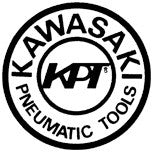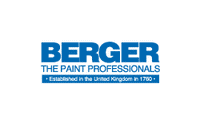How To Use Spray Paint
1. Read the Instructions

The instructions on the can are valuable. Take the minute to read them. They'll tell you how far to hold the spray can from the object, how long to shake the can before spraying, the proper temperature at application, how long the paint or coating needs to cure, and more.
2. Sweep, Don't Point

A spray can isn't a camera. Don't point and shoot. To get an even coat of paint, sweep the can horizontally and vertically past the object as you spray. For example, if you're moving left to right, you begin spraying to the left of the object, onto the object, and then to the right of the object.
3. Use a Large Dropcloth

Don't waste time taping together newspapers that might fall apart as you paint. Instead, use a large plastic or cloth drop cloth that provides plenty of backdrop for you to move the spray can past the object.
4. Set Up High
Set up the item you plan to paint on saw horses, a workbench, or other platform. Don't set up on the floor. For one thing, you'll be hunched over. For another, it doesn't provide easy and consistent access for you to move the spray can past the painted object.
5. Use a Handle

You'll get far better results using an after market spray can handle than you will holding the can in your bare hand. Our preferred handle is the Can Gun 1.
6. Rotate Small Objects
Whenever possible, place the object you're painting on a platform such as a piece of cardboard or a scrap piece of plywood. Then you'll be able to rotate the object as you paint without touching it. If you have a lot of small parts, it pays to set up the part on a turntable like a Lazy Susan. Shoot the object, then rotate the base to shoot it from different angles.
7. Do a Pattern Test
Spray a test shot onto a piece of plywood to see the spray pattern that the can produces. You can adjust your technique and hold the can closer or further from the target, depending on the spray pattern.
8. Experiment With Wet Coating
One technique that can be quite successful is to spray a light coat all over the object you're painting, and before it has a chance to fully dry, move back and apply more paint so the object is fully wet with paint. Done right, this produces a smooth, flawless coating. Wet coating doesn't work with all paints, though, so try your method on a test piece.
9. Start Smooth, Finish Smooth
A sprayed coating is smooth and reflects light in a way that makes surface flaws obvious. So, before you paint your item, sand it smooth and go over it with primer. That may mean applying several primer coats, with each coat lightly sanded before proceeding.
10. Stay Safe
 Always wear an appropriate respirator, not merely a dust mask, when painting. Ensure the work area has appropriate ventilation.
Always wear an appropriate respirator, not merely a dust mask, when painting. Ensure the work area has appropriate ventilation.















Comments